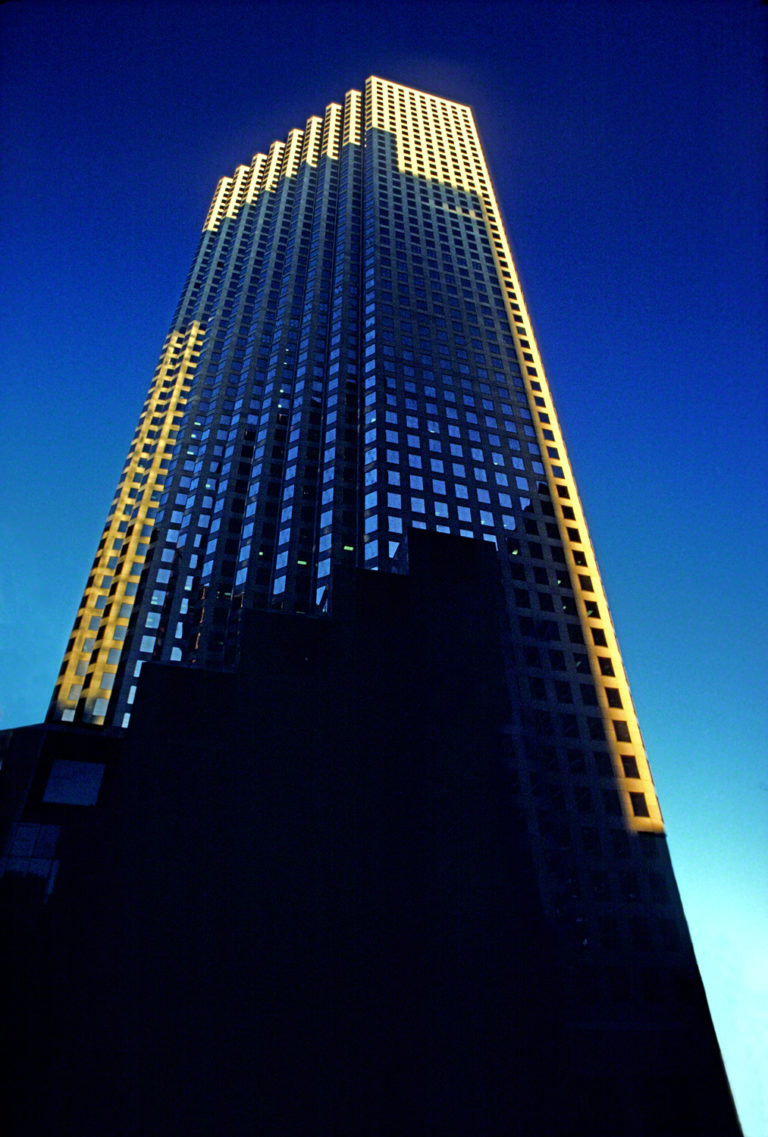To many of my fellow photographers, distortion is very bad and would rather not take the shot than to have it look distorted; I agree, in part. Having said that, there are times when distortion is not a problem and can actually help you take your image what I refer to as “up a notch”.

Symmetrical Distortion
There’s two aspects to distortion that I want to talk about in my part one and two posts on the subject, and that has to do within the architectural genre, and both come up in my online class with the BPSOP, and in my “Stretching Your Frame of Mind” workshops I conduct all over our planet.
I often get submissions from photographers that have buildings in them, and the majority of the time they are falling/leaning over to one side or another. The most common reason for that is where the photographer decides to take the picture from. Where you stand is very important in keeping the building straight.
If you’re standing off to the right or left of the middle of the building and aim your camera back placing the building in where you think the center of the frame is you’re going to get some form of distortion; and to me it’s not the good kind.
You’re not going to be able to straighten both the vertical and horizontal lines at the same time, you’ll only be able to straighten one of them and there lies the problem. You’re going to have distortion if you tilt your camera up to get the entire building in no matter what; it’s called Parallax Distortion.
What you can do to make it look better is to make the distortion symmetrical by standing right in the middle of the building, as seen in my photo of the First International Building in downtown Houston.
My next post will deal with the second aspect of distortion, so stay tuned.
-BPSOP Instructor: Joe Baraban
Joe Teaches:










